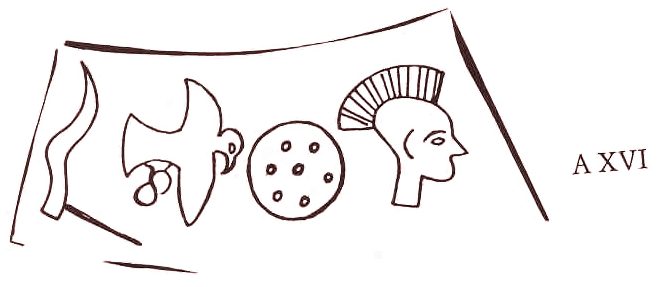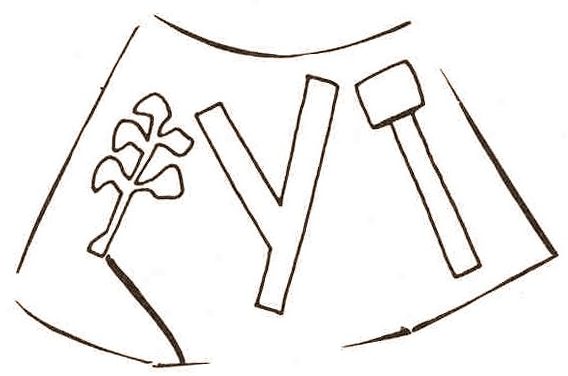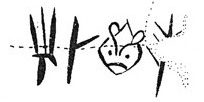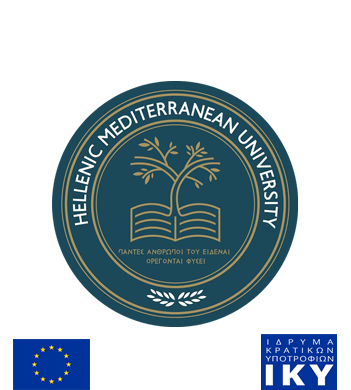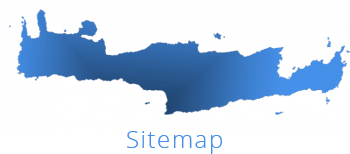Demeter
I-DA-MA-TE, DA-MA-TE, DEMETER AKKO
The second part of the word -MA-TE is probably the Indo-European word for Mother, including the nomen agentis –TE. Mother is the most stable word in the Indo-European languages (excluding Hittite and Anatolian Languages) whereas the first part I-DA-/DA- could be interpreted as Mount Ida, just visible from the Arkalochori Cave, or perhaps DA/GA meaning Earth, i.e., Earth Mother, Demeter.
It is also of interest for the Mother Goddess in the Indo-European Minoan Language of Bronze Age Crete that Mother Earth/Demeter, later worshipped at the Eleusinian Mysteries and elsewhere as an agrarian deity, is also known as Akko in Greek, Acca Larentia in Latin (the foster mother of Romulus and Remus at Rome) and Mader Akka in German. This common Indo-European root for the Mother Akko may perhaps also be present on the (in)famous Phaistos Disk, the Enigma of Minoan Crete (Ph.D. 02-12-/A-QE-).

